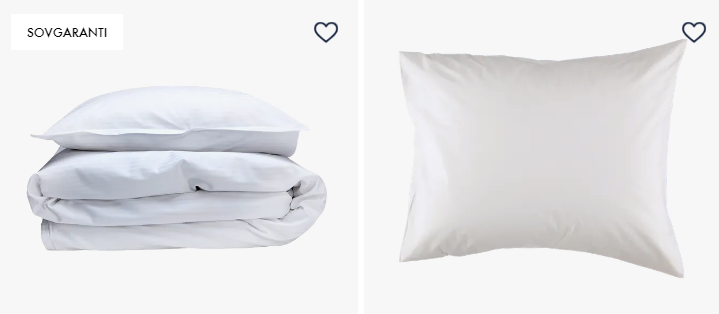During the last couple of years, computerized technologies have produced a considerable effect on the fabric industry, altering the way you make, design, and market place our merchandise. As a result, many house textile businesses are embracing this transformation and starting to integrate electronic digital technologies within their operations. In this particular blog post, we will explore the ways computerized technological innovation is shaping the future of property textiles and exactly how Home textiles (Hemtextil) businesses can leveraging it to gain a aggressive benefit.
Wise Textiles and Textiles
One of the more fascinating advancements in your house fabric sector is the development of smart materials and textiles. These are typically supplies that combine sensors, electronic products, as well as other elements to boost their features and satisfaction. For example, clever textiles may be incorporated with warming elements, allowing them to normalize temperature, causing them to be excellent for blankets, drapes, mats, plus more.
Moreover, intelligent textiles can also be used home based home security systems and lights controls. These textiles might be programmed to recognize motion, adapt lights, and seem security alarms if possible. With the addition of these traits to residence textiles, companies can provide impressive and hassle-free items that position with shifting buyer needs.
three dimensional Printing in Textile Manufacturing
three dimensional generating is actually a groundbreaking technologies that requires producing three-dimensional objects from computerized documents. Recently, they have gained substantial attention from the fabric business, empowering enterprises to make complicated designs and prototypes quickly and affordably. Home based textiles, 3 dimensional publishing may be used to produce personalized bedspreads, drapes, and cushion includes.
In addition, 3 dimensional generating is able to reduce manufacturing fees, making it simpler for home textile enterprises to customize their offerings and respond to buyer tendencies. By adopting three dimensional stamping, companies could also minimize waste materials and reduce their enviromentally friendly effect.
Digital Marketing and E-Trade
In the time of quick digitalization, organizations must make use of the most recent marketing and e-business instruments to keep aggressive and boost their customer base. In your home fabric sector, electronic digital advertising and marketing and e-commerce platforms are efficient and expense-efficient ways to attain clients and sell goods on the internet.
Companies can make use of social media, email marketing, and search engine marketing (SEO) to create focused campaigns that resonate using their audiences. In addition, e-business platforms offer a practical method for consumers to shop at home and explore goods from various manufacturers and companies.
Augmented Fact (AR) and Digital Fact (VR) in Fabric Layout
Ultimately, augmented reality (AR) and online actuality (VR) are two other fascinating technology which have been employed in fabric layout in recent years. As an example, AR technologies can make it possible for buyers to find out how a area rug or support protect would look in their family room before choosing it. This function is able to reduce the chance of buyer dissatisfaction and increasing customer happiness.
Simply speaking:
The future of property textiles is about adopting the digital age. By integrating clever fabrics and textiles, three dimensional stamping, electronic digital marketing and advertising and e-business, and AR and VR technology, businesses can remain in front of the bend and compete within an increasingly computerized entire world. As with any new craze, it could be difficult for companies to adapt, but the key benefits of embracing these technological innovation in the home textiles business are necessary to achieve a competitive advantage. By employing these technologies, companies will keep up with buyer requirements, promote sustainability, and demonstrate progressive options which will influence the industry’s route down the road.



